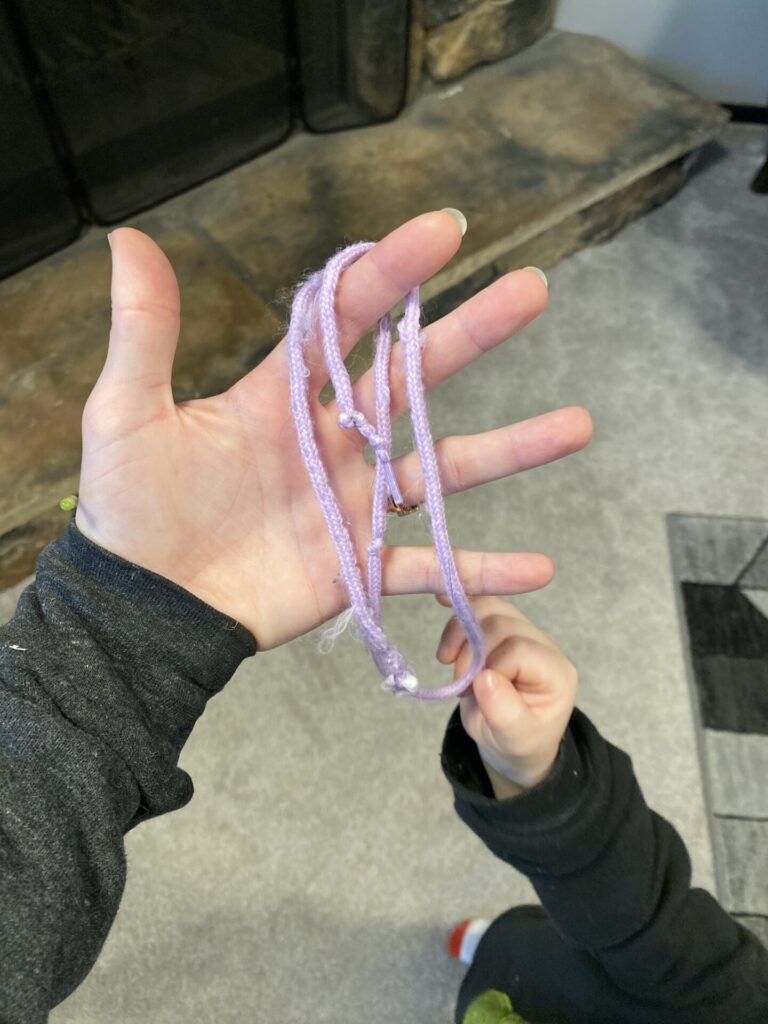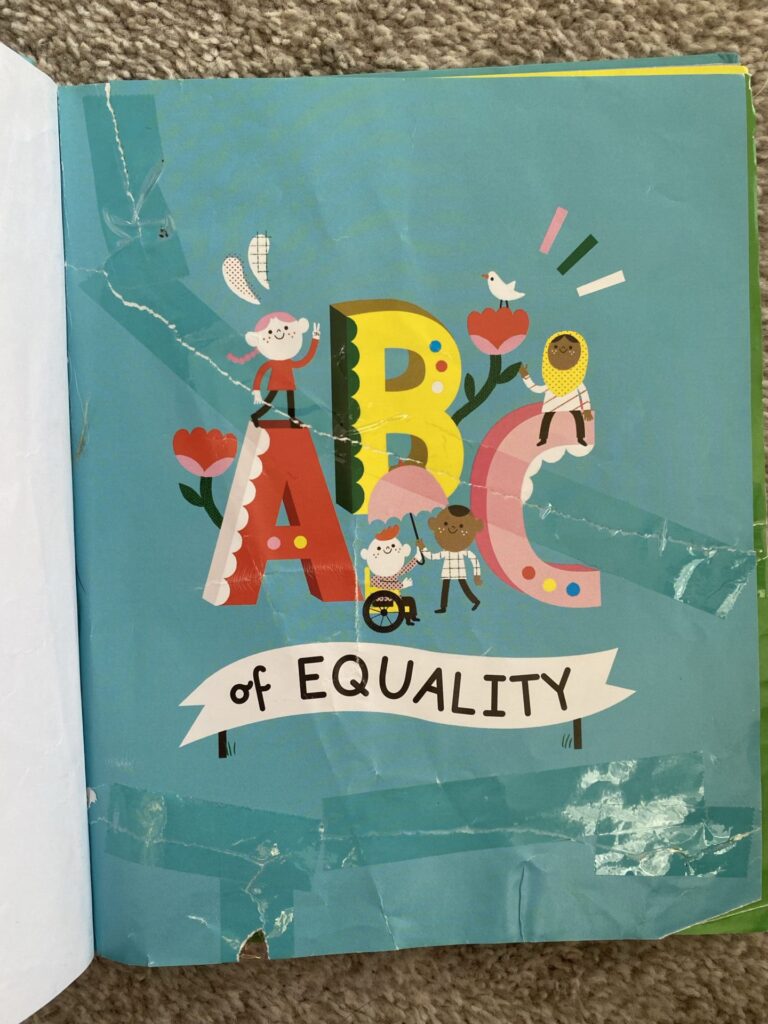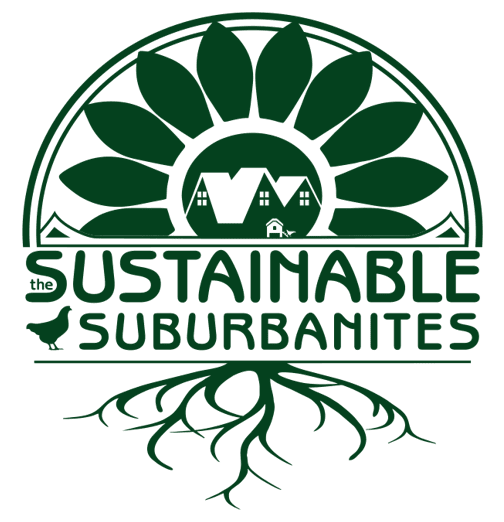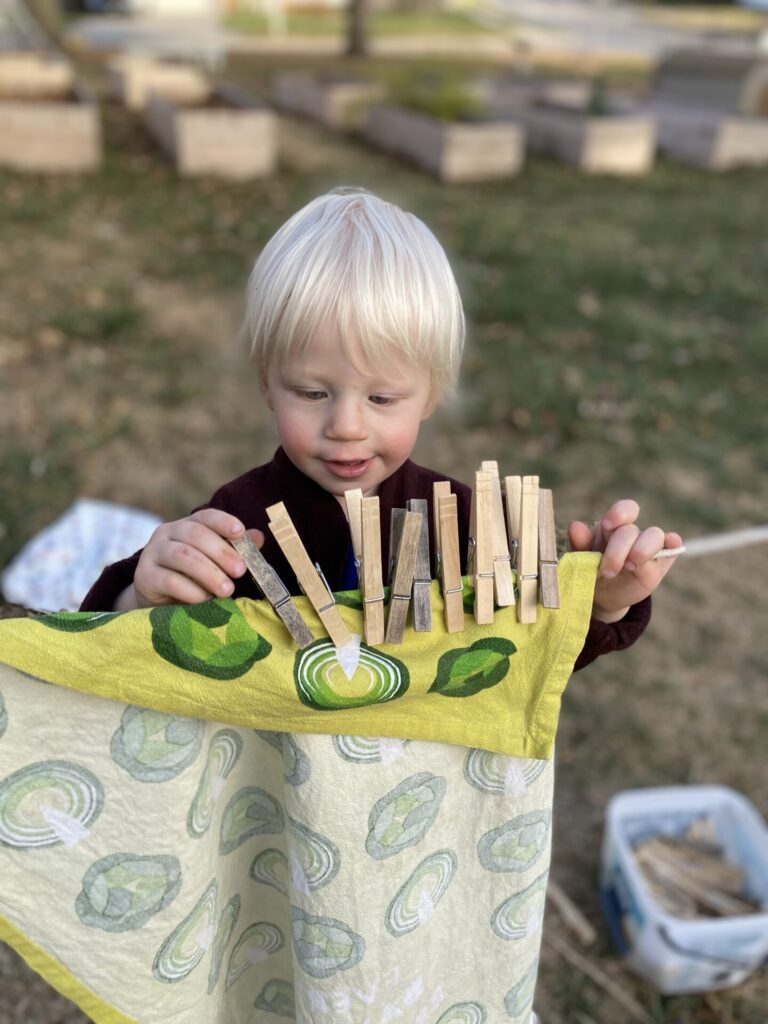Adopting a zero waste lifestyle is challenging enough as an adult, but what about going zero waste with kids? Between their food, toys, and endless clothes and accessories, it can feel like children are tiny waste-making machines. Although it may seem daunting at first, helping your kiddos reduce their individual waste is a very similar process to reducing your own.
Keep in mind that health and safety always come first! Don’t adopt practices that jeopardize a safe environment for your family. You also don’t want to set intense goals for your kids that will turn a low waste lifestyle into a punishment. The goal is simply to help your child learn about our climate, our communities, and their individual impacts on the world around them.
Check out this list of ideas to give you a jumping-off point. As always, not every suggestion is possible in every circumstance. Don’t be ashamed or frustrated with what doesn’t work for your family, and instead focus on what does. Feel free to mix and match what works for you, your budget, and your child’s age.
Zero Waste with Kids: Tips & Tricks
Avoid individually packaged foods whenever possible.
Let’s admit it. We all love the convenience of pre-packaged foods. Baby and children’s foods are heavily marketed as perfectly portioned and ideal for on the go, and the variety of healthy options has increased significantly over the past few years. The downside is that these products are still packaged predominantly in single-use plastics or multi-layer packing which can be challenging to recycle.
If your budget and dietary needs allow, the avoidance of packaged kid food can be a great way to reduce your household’s landfill waste. I was ecstatic when our kiddo weaned off formula and we were finally done with all of those plastic tubs. (They are great tubs though, I still use them to store many things!) We transitioned him to solids by steaming all of his food in a steamer and smashing it with a fork. We never did packaged baby food, and it took only a few months to transition him to eat the same things as we did at each meal.
He’s two now, and we still avoid most traditional kid snacks like fruit snacks and packaged crackers. His snacks consist mostly of produce that we grow ourselves or buy package free. Cereals and crackers are purchased in bulk and we use Stasher bags to make his on-the-go snack bags. Reneelynn has even been practicing with some homemade cheese cracker recipes in an effort to cut food packaging waste down even further.
However far you go with this food adventure is fine. Food is a tricky issue, and if ultimately some packaged products are necessary for your life then maybe consider writing to your favorite brands to ask them about their climate plans. Are they taking steps to reduce their plastic packaging? Are they adopting sustainable practices in their facilities? They hold far more responsibility than you do to solve these big issues – make sure to let them know that you think so.
Adopt a “vintage play” parenting style.
Unpopular opinion: Kids don’t really need toys.
Since our son was an infant, we’ve set fairly strict rules around his toys. Nothing battery-powered, and we prefer secondhand to new items. Children are naturally imaginative and creative, and limiting the amount and complexity of toys he has encourages him to make play with everyday objects. This is a win for our wallets, our cleaning schedule, and his little mind!

He does have a toy shelf of traditional children’s toys like blocks and cars and the like, but he spends the majority of his playtime using household items. Kitchen utensils, pots and pans, dish towels, clothes, containers of laundry clips – these are all safe and fun for little ones to mess around with. Even slightly older children will play pretend with just about whatever happens to be lying around.
By allowing youngsters to freely play with items you have around, you can prevent yourself from a lot of stress over, “trying to get them to play with their toys.” As long as an item isn’t dangerous or overly likely to be broken, there’s no harm in letting your kids play with it. Who knows what games they might make up? Not to mention the amount of mental stress you’ll remove from yourself by not having a mountain of toys lying around or the pressure to keep up with what the coolest latest greatest things are in the toy aisle.
Purchase secondhand clothing.
This one is kind of a given, but buying new kids’ clothes should be done sparingly. There are enough clothes in thrift shops and neighborhood friend circles to keep our kiddos clothed for eternity it seems. The only things that grow faster than fast fashion itself are children, and switching to hand-me-down or thrifted clothing choices as a general rule is a huge step toward sustainability.
Remember, children don’t need 25 outfits apiece. Our dude has 4 or 5 pants and 4 or 5 shirts at any given time. Plus a jacket or two, a pair of nice shoes and a pair of yard boots. That’s more than enough, and we got it all secondhand. Anything in decent shape when he outgrows it will be gifted into our Buy Nothing group for the next kiddo and ruined items will be saved for scrap fabric or be used as cleaning rags.
Repair items whenever possible.
Kids aren’t known for being gentle. Clothes get stained and torn, book pages get ripped, and small pieces break off of toys all the time. Practice teaching older children the value of taking care of their things, and work on repairing items as best you can when they do get damaged. Tape, glue, and basic sewing skills can repair plenty of things!
I like to buy ripped clothing at thrift shops because they’re often sold for a quarter or two. I slap on a patch made from the last pair of destroyed, too-small pants, and bam – a new pair of pants! And I can’t tell you how many hours I’ve spent taping books back together after our “soft hands” got a little out of control while reading.

The things we own don’t have to be a status symbol. Some of our most worn and damaged items are the most important to us because we’ve taken the time to repair them time and again. Sure we could buy a new one, but do we need to if it can be fixed up to still function? This is a wonderful value to teach our children by example and can help reduce waste in both the short and long term.
Gift experiences instead of things.
Would you rather get a thing, or go to a fun place? I don’t know about you, but I’d rather go somewhere! Our kiddo is the same. Lauritzen Gardens here in Omaha is a huge hit every time we go, and we have several other memberships to local organizations that we hope to be able to take the kiddo to once he’s vaccinated for COVID-19.
Older kids, in particular, can benefit immensely from regular trips to fun and educational places, and their very own memberships can make that extra special. Many of these community resources have wonderful gift shops and classes full of educational materials. I can’t remember the last time I walked out of the garden shop and didn’t have an arm full of native gardening books for myself and children’s environmentalism books for the little guy.
Read about environmental issues.
Speaking of books, read your kids ALL the books! Hit up your local library or community garden gift shop and you’ll find no shortage of age-appropriate titles to teach your children all about the world around us. From botany and biology to climate science and Indigenous history, you’re bound to find something to pique your child’s interest in environmentalism-related subjects.
If you’re a grown-up like us who wasn’t exposed to these types of reading materials as youngsters, it can be quite healing and empowering to know that we are giving our children the best base of knowledge to exist in the post-climate change era we possibly can.
While this step doesn’t directly reduce waste in the short run, helping your kiddo learn exactly why waste management is so important is arguably the biggest step you can take toward a future of sustainability in our world.
Practice disposing of waste properly.
Fun fact about kids: Their brains are literally designed to learn stuff. They often learn almost frustratingly quickly, and while you may still spend 20 minutes trying to figure out if the weird potentially multi-layered paperboard is compostable, recyclable, or landfill, your kid is likely to remember the last time you spent 20 minutes looking it up and tell you where to put it.
Same for food scraps, plastics, plastic film, and all other random pieces of waste you might make. I’m not kidding when I say Cade still asks our two-year-old where his food scraps go. Because the kiddo knows that food goes into the compost and he’s even getting pretty good at knowing which ones the chickens can have as treats!
Teaching your kids is important, but so is letting them teach you. In my experience kids just pick these skills up quicker than adults. Have fun with that, and let them outsmart you!
Choose more sustainable products.
This one is trickier because it can get pricey pretty quickly, but do your best to shop sustainably when you do need to buy items for your kiddos. From diapers and soaps to toothbrushes and school supplies, sustainable products are on the market these days. You may need to do some searching, to balance out which swaps will work for your child and budget, but even a little swap here and there can set the groundwork for sustainable practices in the future.
We buy our son bamboo toothbrushes and get all of his soap products at our local refill shop to cut back on packaging from those hygiene items. When it came to diapers, however, we went the traditional throwaway route because we could never find them in the right sizes or at a decent price point. We don’t beat ourselves up about the sustainable products we couldn’t make work and focus instead on the ones that were feasible to swap out.
Emphasizing quality over quantity can help a lot in this endeavor.
Explain why.
Last, but certainly not least, explain endlessly to your children why you’re making these changes. Particularly if your children are older and are also having to adjust to new routines or practices, it’s important for them to realize that they’re not being punished. They don’t have to give away all their toys and hobbies, stop getting presents, and eliminate all their favorite snacks. That’s not the point.
The point is simply to get them learning and thinking about other options and making changes one step at a time. For younger kiddos, it’s a bit easier because they don’t really have a frame of reference for any other way. Our kid doesn’t know what the heck to do with his banana peels at grandma’s house, because grandma doesn’t compost. We just pack it and bring it home with us, and talk about where we’re going to take it. He gets it. It’s fine, and that habit will hopefully stick with him as he grows.
Focus on foundations, not control.
Ultimately, no matter how we raise our kiddos, they turn into their own little person. Our job as parents is simply to provide them with the critical thinking skills necessary to exist in this messy world as a decent human.
Who knows – maybe by the time the kids of today are grown, zero waste lifestyles will be a thing of the past because a circular economy will be thriving, and the climate crisis will have been effectively mitigated. Economics and environmentalism will figure their beef out, and our kids will think we’re big ol’ weirdos. I doubt it, but I can dream, right?
In any case, helping our children establish a foundation of knowledge based on creativity, community engagement, and compassion for our world as a whole will serve them well for any type of future they may choose to have.

